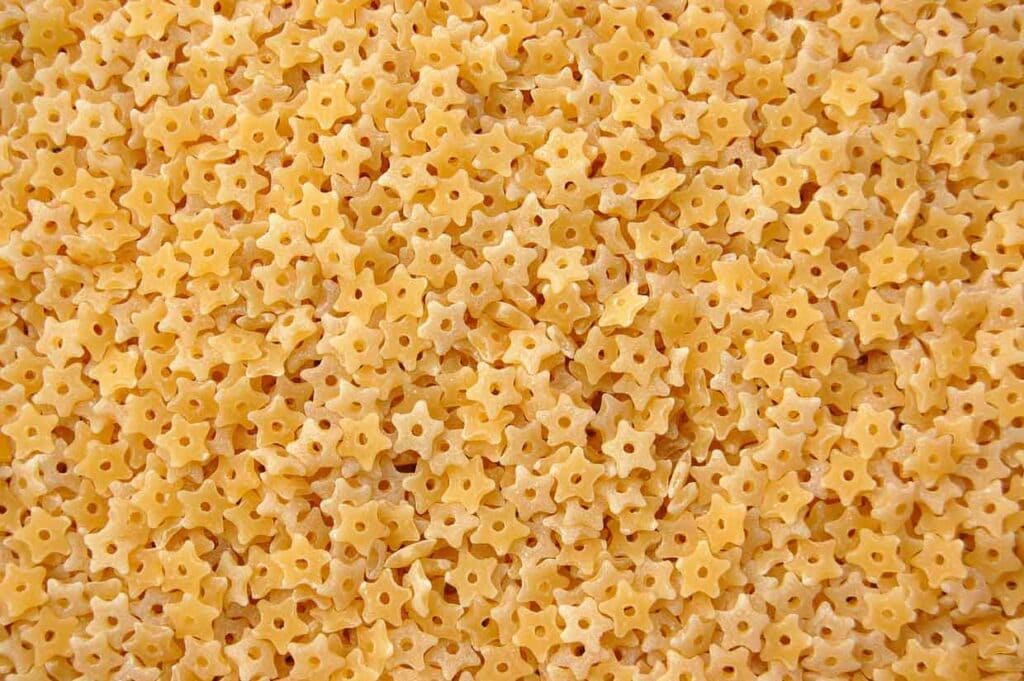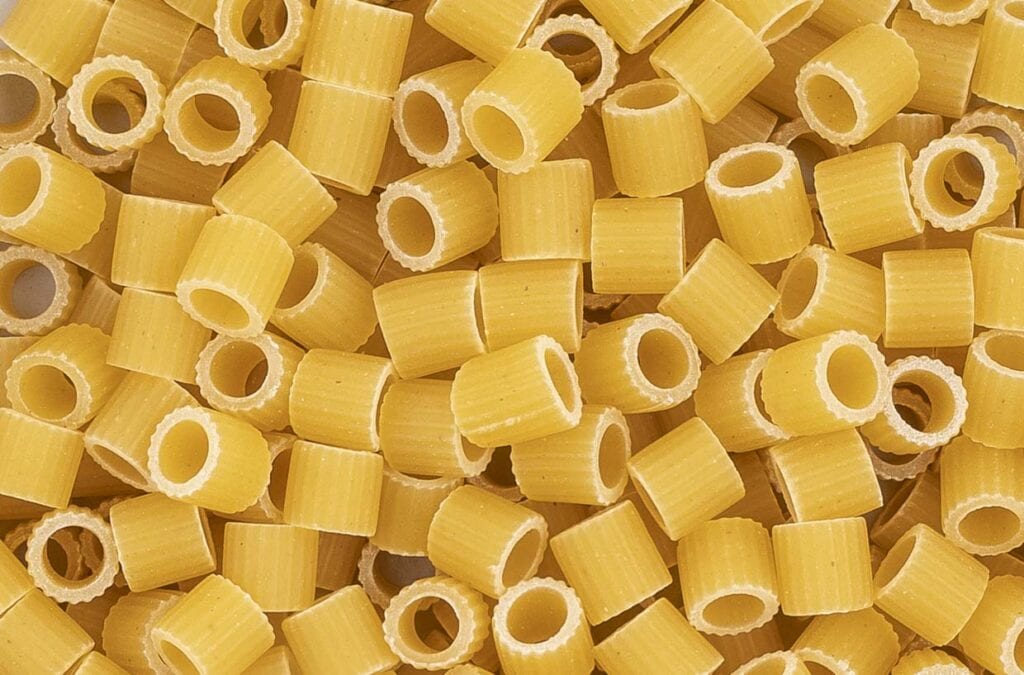In the world of pasta, small pasta often has the most significant flavor. While long noodles like spaghetti take the spotlight, tiny pasta varieties such as couscous, orzo, alphabets, stars and pastina play a crucial role in diverse kitchen creations. Despite their size, these small pasta shapes pack a punch, adding texture, flavor and fun to dishes ranging from soups to salads to sides.

People love small pasta. Around the world, it is valued for its practicality in quick cooking, its versatility in the kitchen, and its use in multiple types of cuisine. This diminutive pasta allows for rapid flavor absorption and even distribution of sauces or seasonings.
Couscous: Small in size and big in flavor, couscous can be used as a base for salads, served alongside stews or even flavored and served as a standalone dish. Its small size allows it to absorb flavors well, making it a powerful ingredient despite its diminutive stature.
“We love pasta salad in the summer, but we don’t like heating up the kitchen with boiling pasta. So we switch to couscous in warmer weather since it cooks up so quickly and doesn’t overheat the kitchen. The couscous is delicious in the salad.”
— Leah Ingram, BagelsandLasagna
Pastina: In Italian, “pastina” means little pasta. This type of pasta is often used in soups, where its small size ensures it cooks quickly and evenly. It is famous for its various shapes, including stars and alphabet shapes, which make soups fun for kids.
Orzo: This rice-shaped pasta is a favorite in many Mediterranean dishes. Despite its small size, orzo adds texture to soups, salads and pilafs. Its ability to absorb broth or sauce makes it a great addition to soups, contributing flavor and body. Sub it for rice in soup as a quick cooking alternative.
“I love using orzo pasta in my cooking, especially in soups and salads. It thickens my soups and absorbs flavors quickly. It doesn’t take long to cook, and my family prefers its size and texture over larger types of pasta.”
— Jere’ Cassidy, One Hot Oven
Ditalini: This short tube pasta is approximately a quarter inch in length. Its name translates to little thimbles in Italian, owing to its tiny size and cylindrical shape. This versatile pasta is commonly used in soups, salads and casseroles, as its small size allows it to absorb flavors and add texture to dishes.
Acini di pepe: This pasta translates to peppercorns in Italian. It is round and incredibly small, typically measuring about 1 to 2 millimeters in diameter. Acini di pepe can also be used in salads and desserts and even as a substitute for rice in puddings.

People love it
People use small pasta for its convenience, flavor-absorbing properties and ability to enhance simple and complex dishes. The tiny size of small pasta varieties allows for quicker cooking times, making them ideal for busy weeknight meals or last-minute additions to soups and salads.
Moreover, their small surface area ensures thorough coating with sauces, herbs and seasonings, resulting in flavorful dishes. Whether it’s a comforting bowl of chicken noodle soup or an elegant pasta salad, small pasta adds depth and texture to many recipes, making it a beloved staple in kitchens worldwide.
In soups
Small pasta is commonly used to add body to soups and stews. Its small size ensures it cooks evenly and quickly, infusing broths with flavor and texture. When you want to add body and bulk without big, obtrusive pasta, small pasta comes to the rescue.
In salads
It is a hearty base for pasta salads, absorbing dressings and complementing crisp vegetables. Add pasta to green salads too for a pop of flavor and texture. Salads with pasta make great packed lunches.
As simple sides
Much like whole grains, side dishes are a great way to use tiny pasta. Simply cooking it with broth, herbs or spices gives it a great depth of flavor. Talk about fast; these pasta dishes can come together in under 10 minutes.

As with many things in life, it’s often the smallest things that leave the biggest impression. This sentiment holds true in the world of pasta, where humble varieties like couscous, orzo and ditalini play pivotal roles in family-favorite recipes. These tiny pasta gems add texture, flavor and creativity to recipes in so many ways.
Laura Sampson of Little House Big Alaska is on a mission to teach modern family-oriented home cooks how to make old-fashioned foods new again. She shares her passion for home cooking, backyard gardening and homesteading on her website and blog.